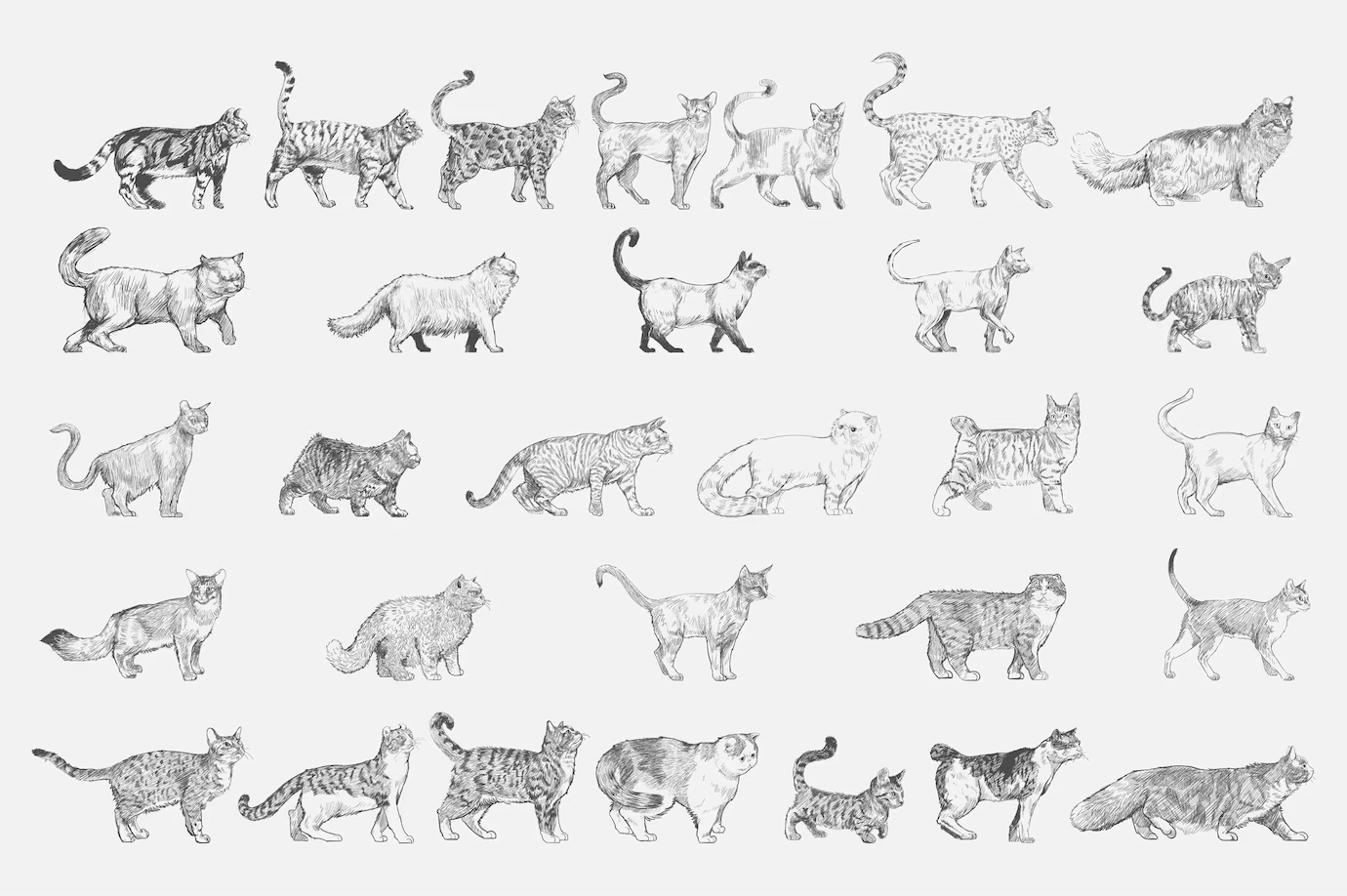Unlocking the Mysteries of Feline Psychology: A Comprehensive Guide to Understanding Your Cat's Behavior
Our feline companions are enigmatic beings, each boasting a unique personality filled with intriguing behaviors. Delving into the intricacies of feline psychology can greatly aid cat owners in forging stronger emotional connections with their pets and optimizing their care.
The Importance of Territoriality
One cornerstone of feline psychology is the principle of territoriality. Cats are territorial by nature, requiring distinct spaces to feel secure. Offering designated havens like a cat bed or a cat tree can heighten their sense of comfort. It's essential to note that a cat's territorial needs can vary based on individual temperament and living circumstances. While some cats are content with a small area, others may yearn for more expansive boundaries. Overcrowding their space, however, can induce stress and anxiety.

The Language of Cats: Communication
Cats possess a multifaceted communication repertoire that includes body language, vocalizations, and even scent marking. Attuning yourself to these cues can shed light on their emotional state and needs. For example, an arched back and puffed fur typically signify that the cat feels threatened or aggressive, whereas purring and leg-rubbing often denote affection. Decoding these signals can help you react appropriately to your cat's changing moods.

Early Detection of Health Issues
Your cat's behavior is often a barometer for its health. Shifts in eating habits, litter box usage, or energy levels can indicate underlying health issues that require immediate attention. For instance, a sudden aversion to the litter box could signal a urinary tract infection. Proactive monitoring of behavioral changes can facilitate early diagnosis and treatment.

Mental and Physical Stimulation
Mental engagement and physical activity are vital for a cat's overall well-being. Interactive toys and playtime can mitigate boredom and alleviate stress. Given their predatory instincts, toys that mimic prey—like feather wands or toy mice—can be particularly captivating. Puzzle feeders and scratching posts are also effective in keeping your cat both mentally and physically engaged.

Conclusion
Grasping the tenets of feline psychology enables you to cultivate an environment that is both nurturing and stimulating for your cat. Constant observation, provision of a secure space, and engaging activities are the foundation of a strong bond with your feline friend. Catering to their unique needs through this continual learning process ensures their long-term health and happiness.
Cats possess complex social hierarchies and frequently form deep emotional bonds with their human caregivers. Recognizing and respecting these bonds




Leave a comment
All comments are moderated before being published.
This site is protected by hCaptcha and the hCaptcha Privacy Policy and Terms of Service apply.